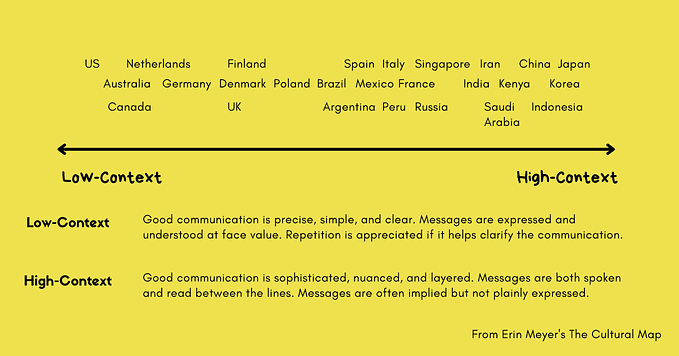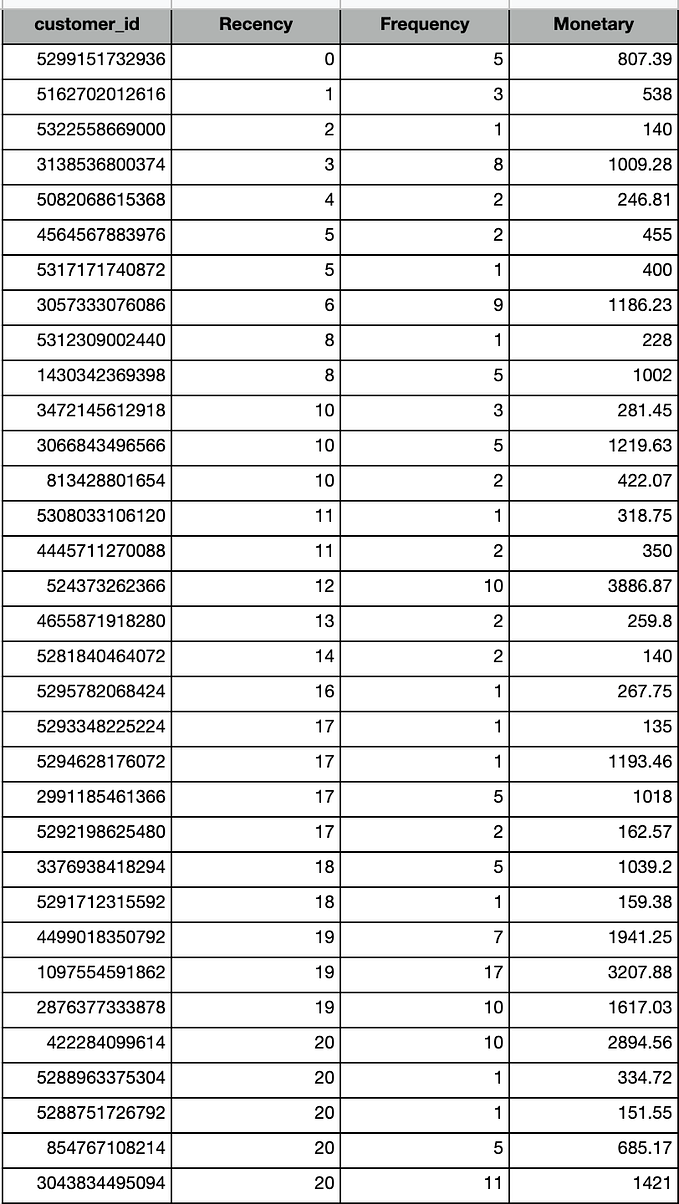Understanding Google Ads Conversion Attribution Model
Let’s say you are in a new place and you are hungry. You want to get a burger that is affordable and quick to prepare. You started the hunt by asking for the nearest and affordable burger in your place.
Then you start driving and passed by a huge billboard of Mcdonald's. After 30 minutes drive, you stopped in a gasoline station to refill your tank. You saw a street sign that Mcdonalds' is 200 meters away from the gasoline station. You followed that signpost until you reached the store.
This experience is similar to landing on a website using paid ads. You started asking (search), saw the billboard (impression), then you followed the signpost that leads to the store (clicks), and finally made an order (conversion).
The performance data such as impressions, clicks, and conversions complete the customer journey on its first visit. But what if the marketing manager would like to know if those platforms are earning, to which platform should we attribute the conversion?
The attribution model is a borrowed discipline of social psychology. Attribution theory is about how people explain the causes of behavior and events.
A formal description is provided by Fiske and Taylor (1991, p. 23):
“Attribution theory deals with how the social perceiver uses information to arrive at causal explanations for events. It examines what information is gathered and how it is combined to form a causal judgment”.
In addition, it can be perceived as being caused by factors outside the person’s control or it may be perceived as the person’s own doing. In our case, we are trying to understand the external motivations of how a person came to our website and make a purchase.
Google said that this will allow us to:
- Find opportunities to influence customers earlier on their path to conversion.
- Use a model that works best for how people search for what you offer.
- Optimize your bids based on a better understanding of how your ads perform.
In addition, they offer different type of attribution guide to credit campaign efforts:
- Last click: Gives all credit for the conversion to the last clicked ad and corresponding keyword.
- First click: Gives all credit for the conversion to the first clicked the ad and corresponding keyword.
- Linear: Distributes the credit for the conversion equally across all ad interactions on the path.
- Time decay: Gives more credit to ad interactions that happened closer in time to the conversion.
- Position-based: Gives 40% of the credit to both the first and last ad interactions and corresponding keywords, with the remaining 20% spread out across the other ad interactions on the path.

Going back to our initial story, assuming before you saw the street signpost saying that the store is 200 meters near, you met a Mcdonald's staff distributing a special coupon offering a discount and you decided to get one and avail it, to which marketing effort should we attribute the conversion?
- 100% to billboard (First-click)
- 100% to signpost (Last-click)
- 33.3% to the billboard, 33.3% to the distributed coupon, and 33.3% to the signpost (Linear)
- 20% to the billboard, 30% to the distributed coupon, 50% to the signpost (Time-decay)
- 40% to billboard and signpost, 20% to the distributed coupon (Position-based).
The options you choose will determine the relationship between you as an analyst, your account, and your customer’s path to conversion.








